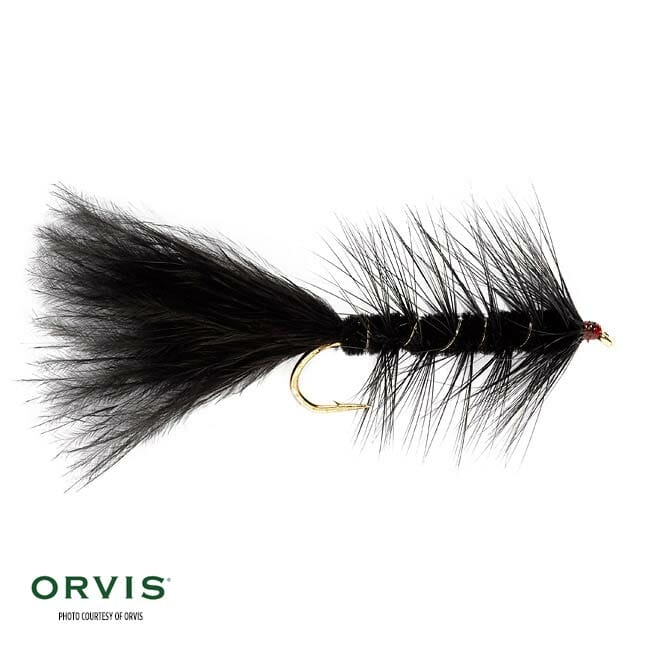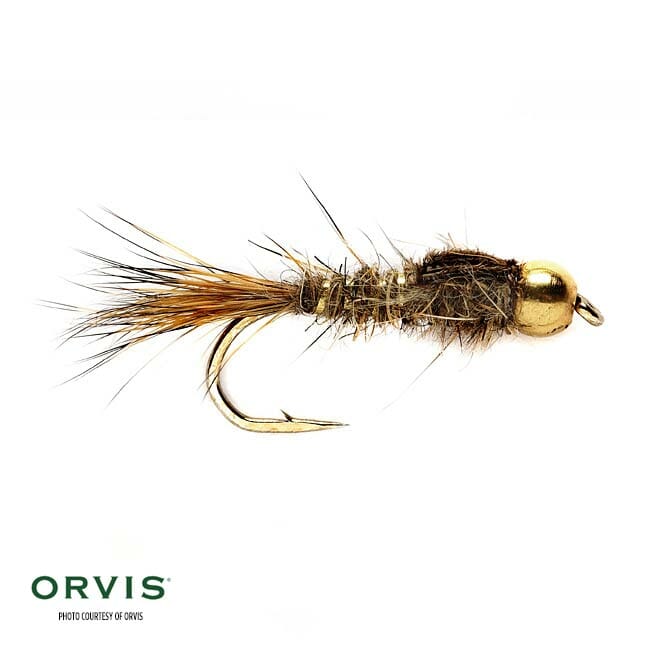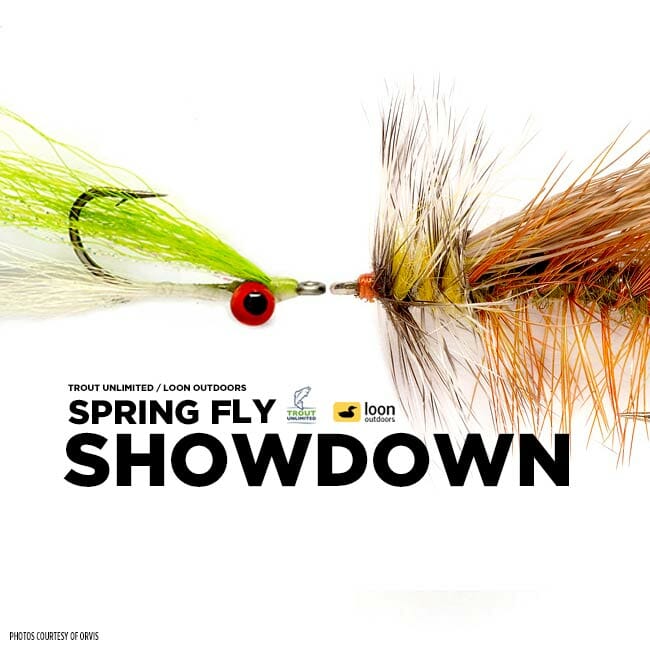The second round of the TU-Loon Outdoors Spring Fly Challenge wraps up today, with several intriguing battles. This particular face-off includes what might be the best streamer pattern ever tied against a staple nymph pattern that most anglers go to when nothing else works.
The Woolly Bugger is perhaps the most versatile fly ever crafted. It’s roots are a little murky, although many believe it was first tied in Pennsylvania to represent a hellgrammite (a stonefly nymph) in the late 1960s. Honestly, it’s origins are unimportant. What makes the ‘Bugger such a great fly is its ability to mimic so many different food sources, depending on its density and its color.

For hard-core streamer anglers, the ‘Bugger is often tied with weight and bounced along the bottom, where it might be seen by trout as a leech, a crawfish or even a sculpin. For others, the ‘Bugger, tied in lighter colors, is a great baitfish imitation.
And, of course, it’s likely the easiest fly to tie, making it an excellent fly for beginners.
This venerable attractor nymph is an excellent searching pattern for trout, particularly in pre-hatch conditions. The bead helps the fly get deep, and anglers have been using this pattern, or variations of it, to chase trout that might be on the lookout from both caddis and mayfly nymphs in the days leading up to hatches.

The pattern earned great fame in the early 1990s after being featured in a number of books, which celebrated is use as a fly for any condition or situation. Some anglers use the Hare’s Ear as a scud or sowbug imitation in tailwaters below dams, but its uses are many and varied. If it’s not in your fly box, it should be.
Voting starts today at 1 p.m. ET.



